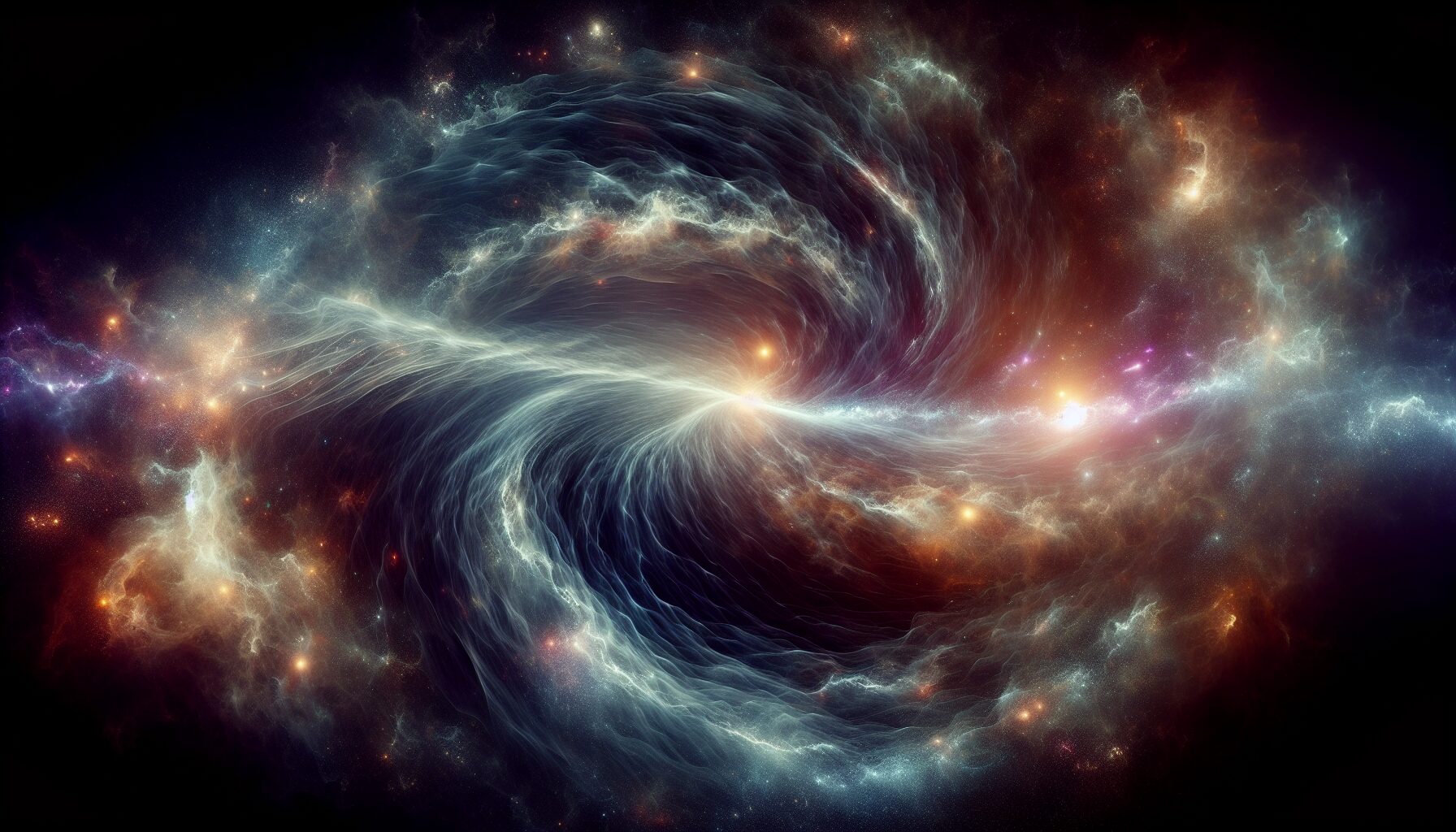The Cosmos is a vast arena filled with mysteries and unanswered questions. Among these is a relic from the early universe known as the Cosmic Microwave Background (CMB) — a faint glow permeating the entirety of space, offering profound insights into the origins and evolution of our universe.
What is the Cosmic Microwave Background?
The CMB is essentially the afterglow of the Big Bang, the prevailing theory describing the beginning of our universe. Roughly 380,000 years after this colossal event, the universe cooled down sufficiently for protons and electrons to combine and form neutral atoms. At this point, photons, which had been constantly interacting with charged particles, could travel freely.
This decoupling of matter and radiation released a ‘snapshot’ of the universe at that young stage. The CMB is this radiation, stretched into the microwave spectrum by the continual expansion of the universe over the billions of years since.
The Discovery of the CMB
In 1965, astronomers Arno Penzias and Robert Wilson stumbled upon the CMB while using a large horn antenna at Bell Labs in Holmdel, New Jersey. They detected an unusual background noise that was incredibly uniform in all directions. After ruling out other possibilities, they realized they had discovered the CMB, providing strong evidence for the Big Bang theory. This remarkable discovery earned Penzias and Wilson the Nobel Prize in Physics in 1978.
A Window into the Early Universe
The CMB is much more than just evidence of the Big Bang. By studying minute variations in its temperature (on the order of one part in 100,000), scientists can infer a wealth of information about the early universe’s composition, structure, and expansion rate. As noted by the cosmologist George F. Smoot, “The CMB is the handwriting of God” [source: Cosmology.com].
In recent decades, missions like NASA’s Wilkinson Microwave Anisotropy Probe (WMAP) and the European Space Agency’s Planck satellite have mapped the CMB with exceptional precision. These observations have helped refine models of cosmic inflation and the universe’s content — including the mysterious dark matter and dark energy.
The Future of CMB Research
While the CMB continues to be a cornerstone in cosmological studies, future missions and telescopes may unearth even deeper insights into the universe’s infancy. The continued exploration of this cosmic echo will likely unveil further whispers from the universe’s past, guiding us toward better understanding the fundamental principles governing all cosmic phenomena.
